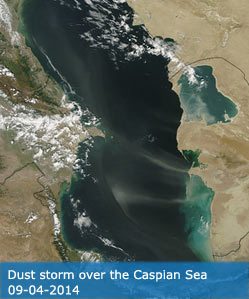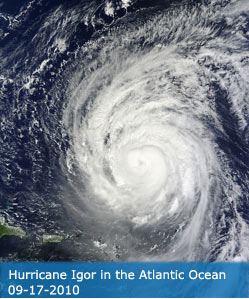Science Team
Publications
Ontel, I; Avram, S; Gheorghe, CA; Niculae, MI; Pascu, IS; Rodino, S (2025). Shifting vegetation phenology in protected areas: A response to climate change. ECOLOGICAL INFORMATICS, 85, 102962.
Abstract
This study comprehensively examined the impact of climate change on vegetation phenology within Romanian protected areas (PAs), focusing on critical phenological indicators such as the start of season (SOS), end of season (EOS), length of season (LOS), position of peak (POP), and photosynthetic metrics, including mean spring (MSP) and mean autumn (MAU). The overarching objective was to quantify the extent to which bioclimatic variables, particularly temperature and precipitation, drive shifts in vegetation phenology and ecosystem dynamics in regionally diverse and ecologically sensitive landscapes. Using high-resolution remote-sensing data from the Moderate Resolution Imaging Spectroradiometer (MODIS) from Terra satellite (normalized difference vegetation index (NDVI) and leaf area index (LAI)) combined with climate data from ERA5-Land Climate Reanalysis (2001-2020), this study provides a robust assessment of long-term vegetation trends. Our findings revealed pronounced warming trends and declining precipitation patterns, particularly in Alpine biogeographical regions. These climatic changes have resulted in earlier SOS, extended LOS, and increased seasonal productivity, although region-specific variability is evident owing to local vegetation types and unique ecological conditions. These phenological shifts align with the global trends observed across temperate and Alpine ecosystems in Europe, North America, and Asia, where rising temperatures and altered precipitation regimes drive similar ecological responses. This study highlights that global biodiversity hotspots, such as Romanian PAs, are experiencing phenological alterations that mirror the global patterns of earlier greening, prolonged growing seasons, and ecosystem stress, particularly under drought conditions. This study makes a significant contribution to ecological informatics by integrating phenological metrics with climate models, thereby providing a scalable framework that is applicable to other regions facing similar climatic challenges.
DOI:
10.1016/j.ecoinf.2024.102962
ISSN:
1574-9541




